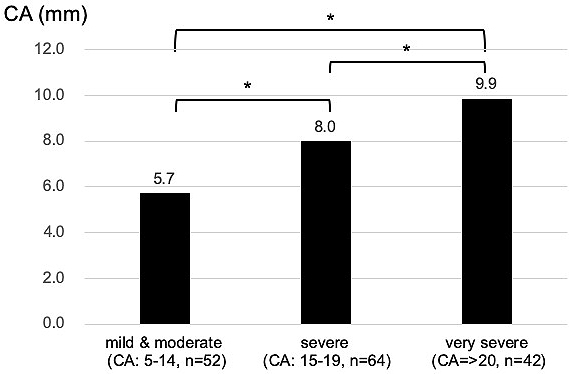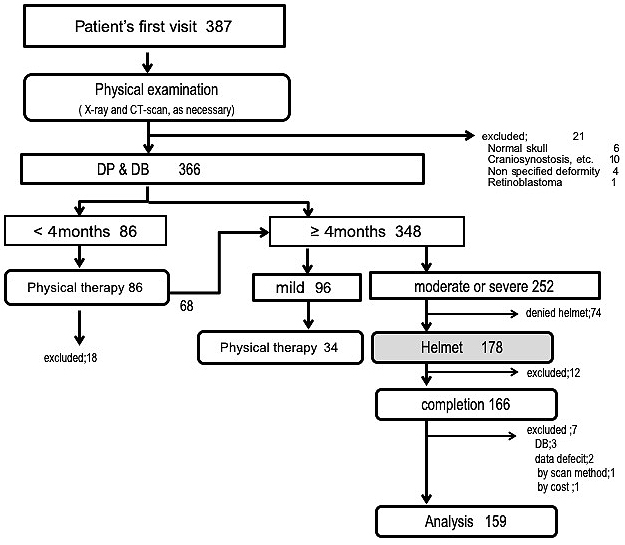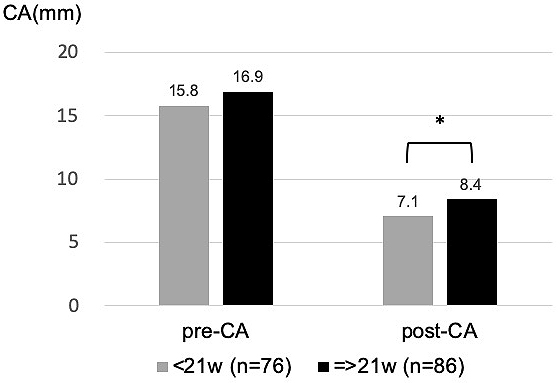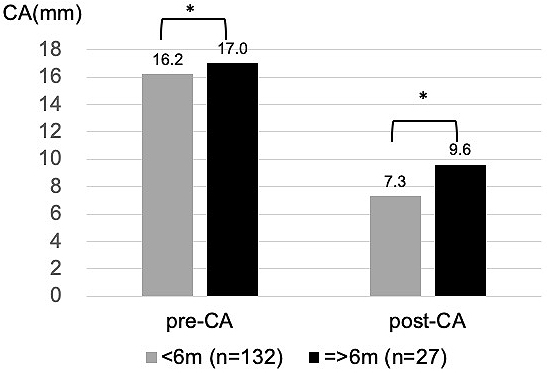Figure 1.
a) Argenta’s classification. TYPE 1: posterior asymmetry; TYPE 2: anterior ear shift on the side of the occipital flattening; TYPE 3: frontal asymmetry; TYPE 4: facial asymmetry; TYPE 5: temporal bossing or posterior vertical cranial growth.
b) Loveday’s anthropometric cranial vault measurement. A: diagonal on the left anterior to right posterior drawn 30° from the midline of the head; B: right anterior to left posterior; cranial asymmetry (CA) = |A − B|; cranial vault asymmetry index (CVAI) = |A − B|/A or B (whichever is shorter) × 100; cephalic index (CI) = cranial width/cranial length × 100
c) Michigan Cranial Reshaping Orthosis
d) The helmet shell is elastic plastic, and inside is covered with polyethylene foam with a low risk of causing allergic reactions. It consists of two pieces and is easy to adjust for infants’ growing head. It weighs less than 200 g and is well tolerated by babies.
e) Comparison image of scanned data before and after treatment in a typical case (no. 127, 4 months old, male).
f) Photograph of the same patient taken from the top of the head before treatment. CA = 17 mm, CI = 98.5.
g) After treatment. CA = 7 mm, CI = 89.7
From: Evaluation of the Molding Helmet Therapy for Japanese Infants with Deformational Plagiocephaly
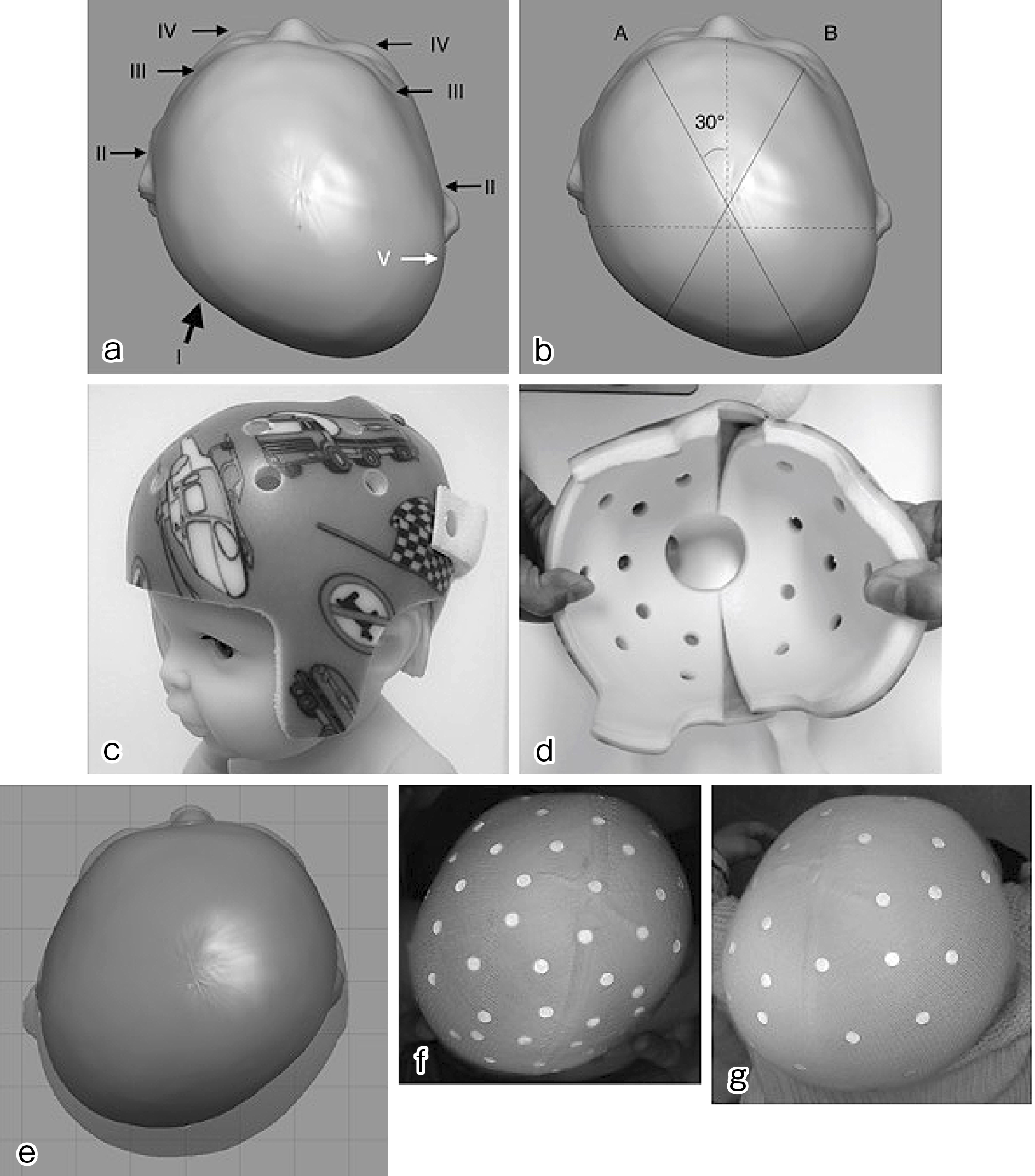
Figure 3. Multivariate linear regression analysis of influencing factors on CA: Each band describes the 95% confidence intervals of CA along with treatment time, compared among different pre-Argenta groups. The patients with larger pre-Argenta tended to have greater CA at the start of the therapy, improve slowly, and end in larger CA at the end of the therapy, as shown with a higher intersection and gentler slope.
From: Evaluation of the Molding Helmet Therapy for Japanese Infants with Deformational Plagiocephaly
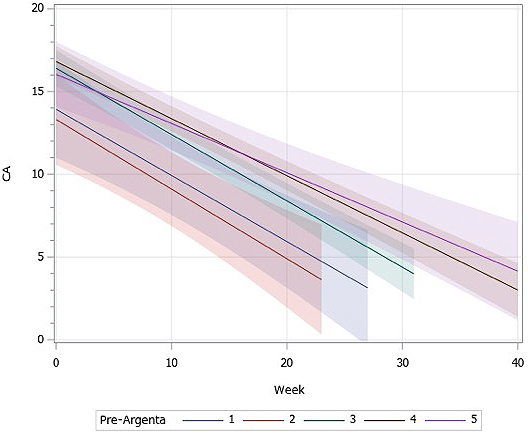
Figure 6. Influence of the CA before helmet therapy on CA after therapy: CA after helmet therapy tended to be larger in the group with larger CA before therapy. This difference and trend were statistically significant (*p < 0.001, one-way ANOVA. p < 0.05 for all post hoc analysis after Bonferroni adjustments. p < 0.001, Jonckheere-Terpstra test for testing the trend).
From: Evaluation of the Molding Helmet Therapy for Japanese Infants with Deformational Plagiocephaly
